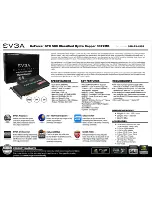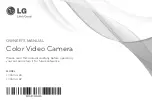
62
Close
Combat
Weapons Tips
You can use the tips in this section when issuing commands to your vehicle
teams. For information on the factors affecting vehicle effectiveness and perfor-
mance, the following table may prove useful.
Attribute
Description
Rounds/clip
The number of ammo rounds in a clip.
Firing time
Time for the shot effect to occur (short for direct fire,
longer for indirect fire).
Chamber load
Time to load a round into the chamber (very short for
automatic weapons, longer for bolt action).
Clip reload
Time to load a new clip into the gun.
Burst rounds
Number of rounds typically fired in one burst for that
weapon.
Weight
Weight of the gun.
Clip weight
Weight of each clip.
Heat rate
Rate at which the weapon gains heat while firing.
Cool rate
Rate at which the weapon loses heat while not firing.
Quality
Likelihood of the weapon jamming or malfunctioning.
Chances are increased as heat builds up.
Bayoneted
Whether or not the weapon has a bayonet.
Assault fire
Whether or not the weapon can be used on the run.
Back blast
Whether or not the weapon causes a back blast.
Blast size
This is rated by ammo type and determines how big a
crater the shot makes. Ammo types are AP, HE, Special,
Smoke, or HEAT. Special refers to unique ammo types
such as APCR, APDS, Canister, and so on.
Blast radius
This is rated by ammo and affects the range at which
soldiers can be affected by the blast.
Min range
How far away the target must be in order to use the
weapon.
Accuracy
The base chance to hit a target with the weapon moderated
by range and ammo type.
Affect
What type of damage the shot does versus soldiers,
vehicles, or terrain; rated by ammo and range.
Blast
What type of damage the blast from the shot does versus
soldiers, vehicles, or terrain; rated by ammo and range
from the point of the blast.
Summary of Contents for Close Combat
Page 57: ...56 Close Combat ...
Page 163: ...162 Close Combat ...
















































